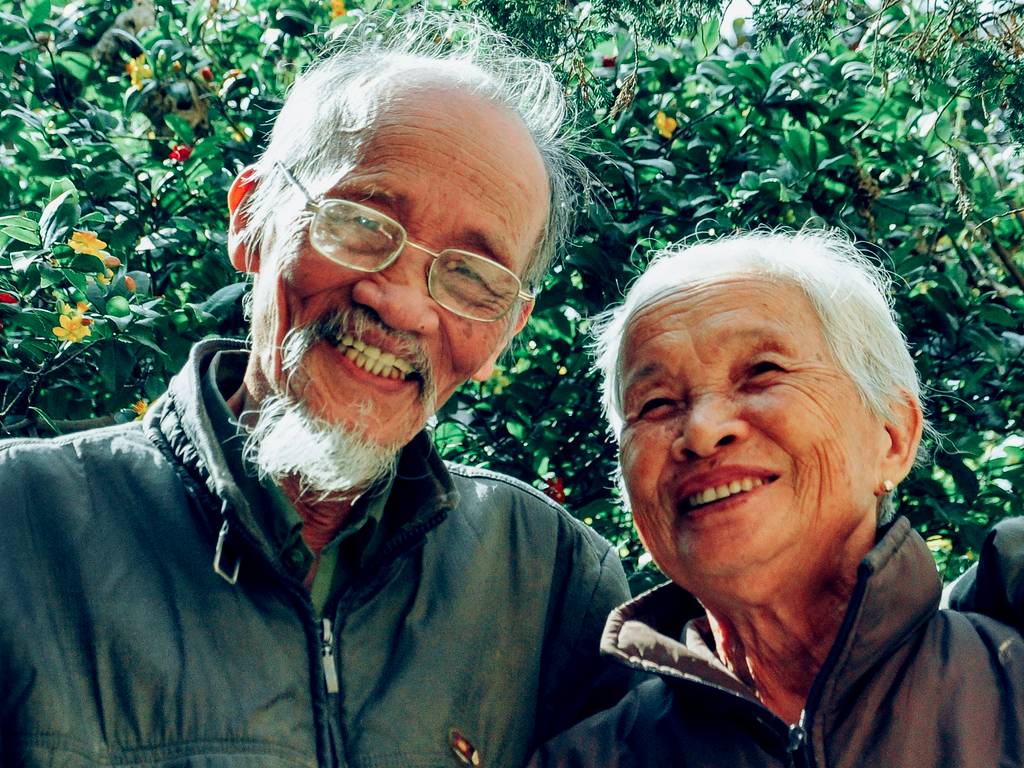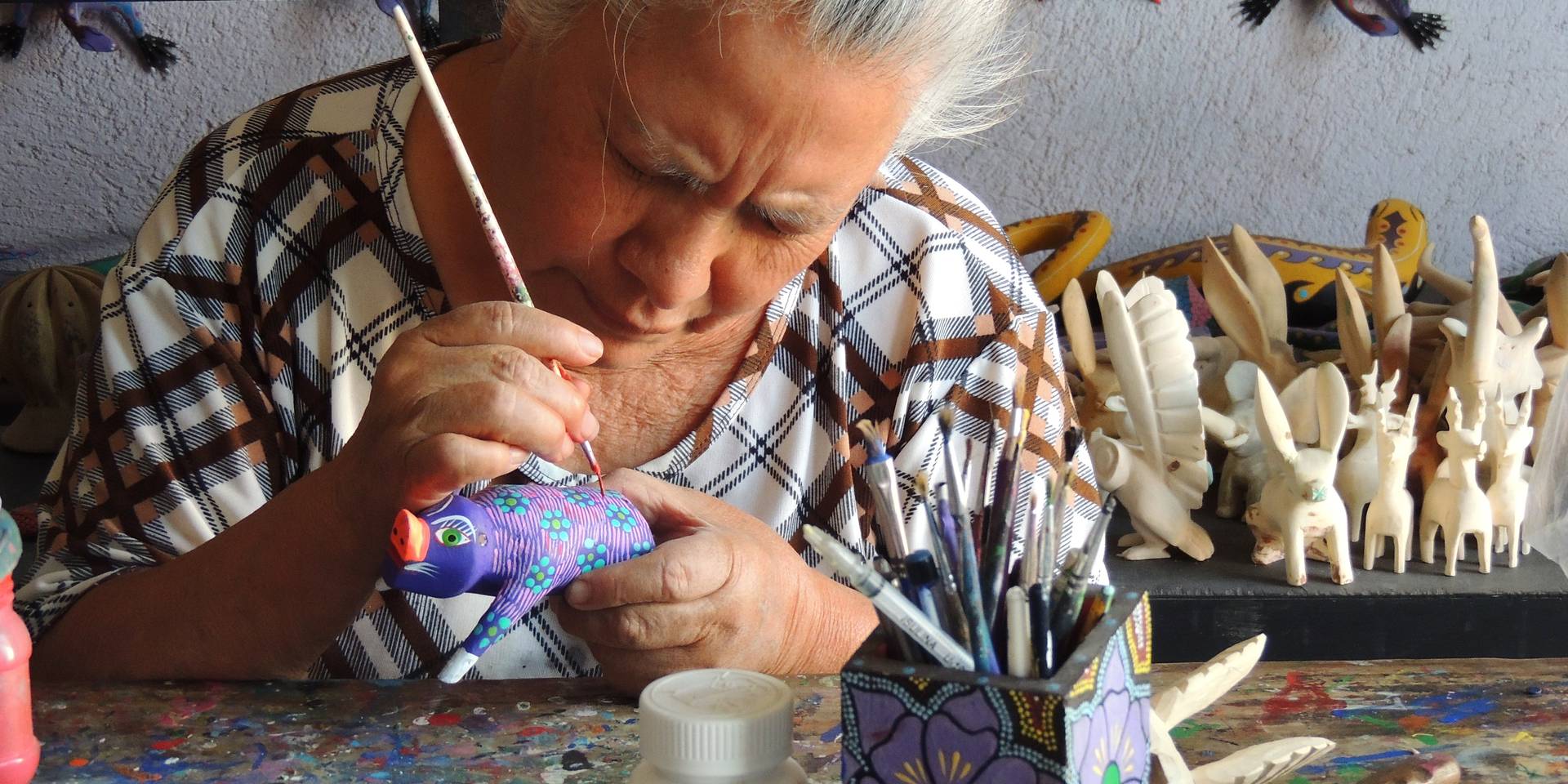
Population ageing:
A human success story
Population ageing is a human success story, resulting from the advancement of public health, economic and social development, and their contribution to reducing both total fertility rates and premature death. Population ageing also brings new challenges, such as ensuring healthy life, social protection and income security for older persons, ensuring participation of older persons in economic and social life, as well as addressing age-based discrimination and exclusion.
Population ageing in Asia and the Pacific is occurring at an unprecedented pace due to rapid decreases in fertility rates, followed by mortality rates and increases in life expectancy. In several countries of the Asia-Pacific region, the population ageing process, defined as the number of years required or expected for the percentage of the population aged 65 or over to rise continuously from 7 to 14 per cent, is taking only between 20 to 25 years, while it took at least more than 50 years in most countries in Europe.
The Madrid International Plan of Action on Ageing is a comprehensive global action plan for building societies for all ages.
Data

- In Asia and the Pacific, the number of older persons is projected to more than double, from 630 million in 2020 to about 1.3 billion by 2050.
- In 2020, 13.6 per cent of the population in Asia and the Pacific is aged 60 years or over, by 2050 it will be one quarter of the population.
- The age group of older persons is getting older too: by 2050, the “oldest-old” (80 years or older) will constitute about one fifth of all older persons
- Women live longer than men: in 2020, women’s live expectancy at birth in the Asia-Pacific region stood at 76.1 compared to 71.5 of men.
- Most older persons are women: in 2020, 53.2 per cent of the population aged 60 years or over were women, in the and 61.2 per cent of the population aged 80 years or over are women.

Fact
- The age composition of populations is expected to change significantly, which has implications for the economy as well as the provision of care for children and older persons. By 2030, the proportion of both children and the working-age population will decline to 21 and 61 per cent, respectively, with 18 per cent made comprising older persons. In Asia and the Pacific, between 1980 and 2020, the percentage of children (aged 0–14) has shrunk to a quarter (23 per cent), while the share of the working-age population has increased to 68 per cent and the older population has grown to 14 per cent.
- Both healthy life expectancy and life expectancy have been rising in most countries of the Asia-Pacific region since 2000. However, overall life expectancy grew faster than healthy life expectancy. This means people live longer, but they also spend a longer period of their life with a disability; thus, the number of older people who will require long-term care will rise.
- Older persons make significant contributions to economies and societies, including through providing unpaid care work. Older persons, particularly older women provide unpaid care to children and other older persons.
- The most important income sources of older persons are transfers from family members, work income, and only in some cases, pensions. This is due to relatively low coverage and low benefit levels of pensions in many countries of the Asia-Pacific region. About 45.6 per cent of women and 55.2 per cent of men of working age in the Asia-Pacific region are covered by mandatory pensions. In South Asia, however, coverage of pensions is significantly lower.
- Women are more vulnerable to poverty in old-age. Due to a lifetime of inequalities, they often experienced lower labour force participation in the formal sector throughout their adult life, and consequently have less access to pensions.
- A large proportion of older persons, particularly older women, work in the informal sector in jobs that are often hazardous with limited social protection.
- Living arrangements of older persons are associated with their economic well-being, their physical and psycho-social health, and their life satisfaction. Globally and over time, proportions of older persons living alone or with a spouse only is increasing, while living in extended-family households is becoming less common. Similar trends can be observed for some countries in Asia and the Pacific.
- To maximize the benefits and manage the risks associated with population ageing, governments should support several policies such as: continuing and lifelong education and health care for all; designing policies on the provision of long-term care with adequate training for caregivers; employment among older persons and others traditionally excluded from the labour force; policies to facilitate work-life balance and increased gender equality in both public and private life, etc.to increase the proportion of women in the labour force.



